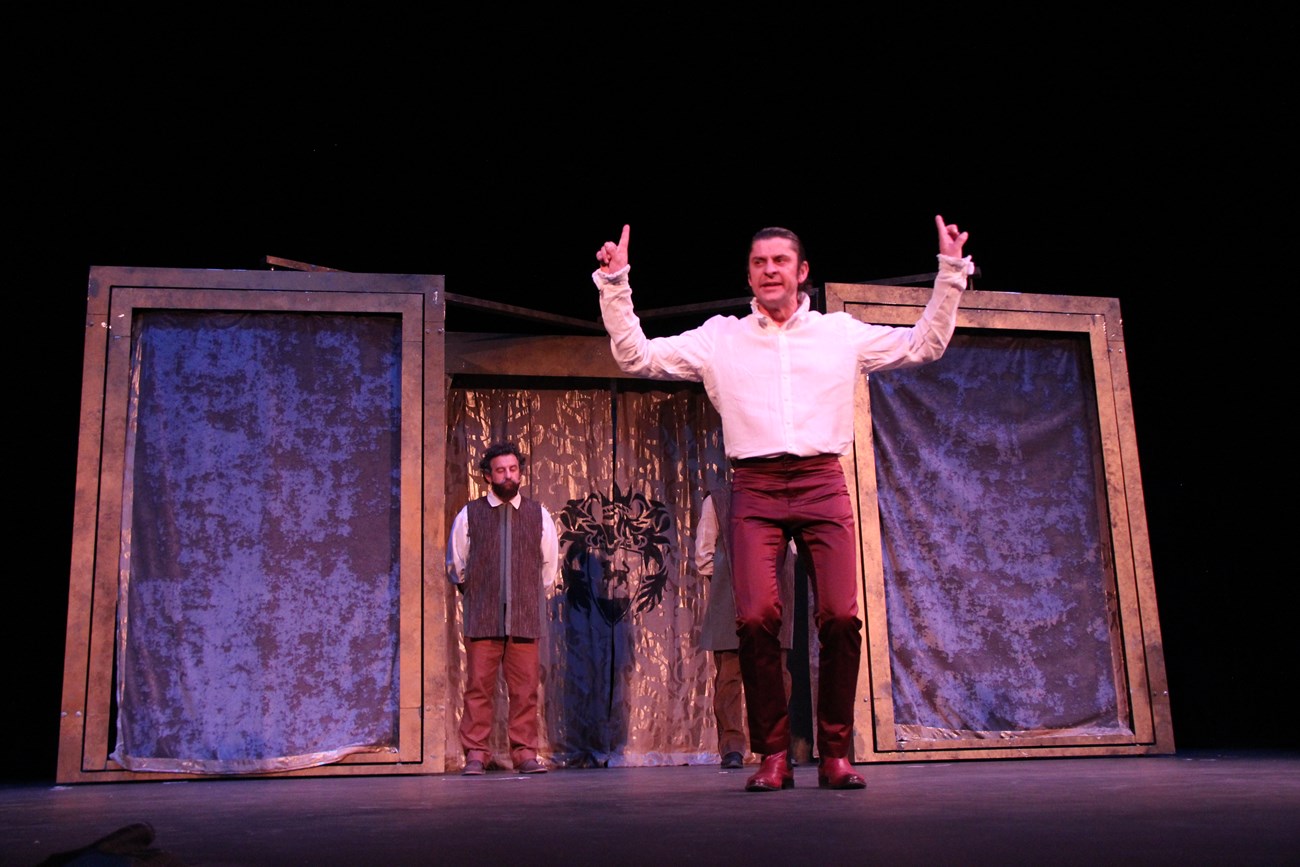
NPS Spain's Golden Age, Siglo de Oro, began in the late 1400s with the marriage of Catholic royals Isabella and Ferdinand, which united the kingdoms of Aragon and Castille. Over the next two centuries, Spain became a mighty empire through marriage alliance, conquest, and war. Under the Hapsburg Kings, the empire came to include the Spanish peninsula, Austria, parts of Germany and Italy, Belgium, Holland, the Americas, the Philippines, and parts of northern Africa. Inspired by the Italian renaissance and the support of Queen Isabella, humanities were developed in Spanish universities. Literature and the arts began to flourish. The 16th and 17th centuries were a golden age for Spain in terms of politics, military, wealth, and culture. However, Christian religious fervor accompanied Spanish expansion. This was also a time of religious intolerance towards people who did not embrace Catholicism. As a result of this intolerance, Muslims, Jews, and Protestants were discriminated against. Indigenous peoples in the Americas and other conquered territories suffered greatly under the Spanish quest for gold and glory. The legacy of Siglo de Oro can be found in the many accomplishments of scholars, writers, poets, artists, and playwrights. One of Spain's most famous playwrights, Lope de Vega, established a series of guidelines for dramas. Vega's plays combined tragedy with comedy. His dramas originated in Spanish history and folk tales. What made Vega appeal to mainstream society was that the characters in his plays were based on all members of society, not just the wealthy. This "arte nuevo" inspired other playwrights like Tirso de Molina, Juan Ruiz de Alacrcón, Agustin de Moreto, and Pedro Calderon de la Barca. This new form of play became known as "la comedia," and its popularity led to a golden age of Spanish theater. It captivated Spanish audiences. Playhouses sprang up around the country. Acting troupes competed for rights to perform in the bigger cities. Plays were performed in courtyards with a stage built on one end. This was known as a corral. People stood to watch or paid extra to sit in bleachers or upper balconies. Audiences were gender-segregated due to rowdiness. Women sat on the second floor balcony opposite the stage. The Siglo de Oro plays were successful due to the presentation of stagecraft and storytelling within the context of cultural and social values of the time. During Siglo De Oro festivals at Chamizal National Memorial, directors and acting troupes have a challenge: they have to relive and reenact the 16th and 17th centuries of Spain while in reality living 500 years later. This summary is based on text by Dr. Robert M. Johnston, Northern Arizona University. |
Last updated: September 1, 2021
